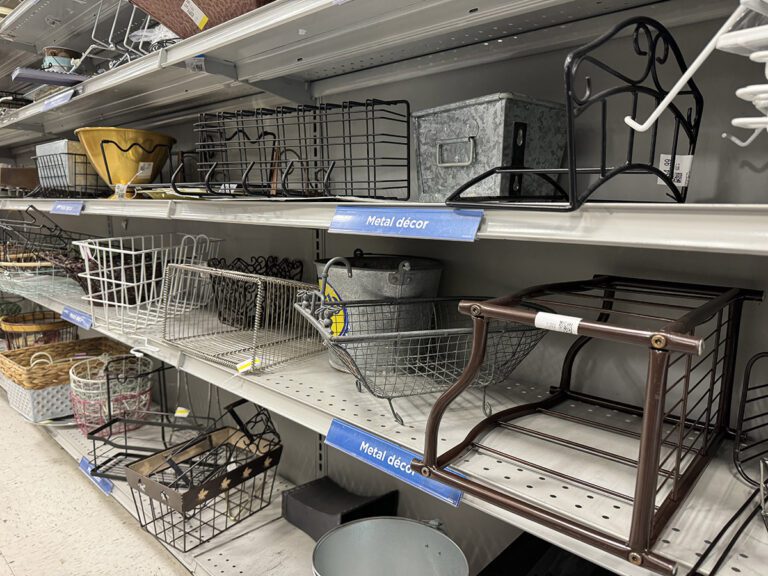Hand stamps? Class charts? Treasure boxes? Over the years, I’ve gone back and forth about the idea of using positive behavior systems. I’ve gone all out some years, while other years, I’ve done absolutely nothing in the way of rewards or tracking. Last year, I decided to seek some advice from more seasoned educators and from an administrator I really respect. These conversations, combined with an obsessive scan of Pinterest helped me to develop this checklist for making positive behavior systems that really work.
1. Use Meaningful Motivators
Children aren’t hard-wired with intrinsic motivation. We need to teach them these skills. I use experiential rather than physical rewards. Things like free draw days, artist choices, or candle light lunches are much more meaningful than throwaway trinkets. In particular, I found”Modeling Clay Day” to be super popular with all age levels!
2. Set High Expectations.
I struggle with rewarding students for behavior that just meets expectations. Instead, think about giving rewards when classes meet goals they set for themselves over time, or reward behavior that exceeds expectations. Define behaviors and positive consequences just as explicitly as you would define consequences of negative behaviors.
3. Strive for Complete Consistency
You may find the need to tweak your system here and there, but work hard to apply it with total consistency. It cannot be effective if students have to guess how the rewards work in different situations. If changes need to be made, consult with your students and make the new expectations clear.
No matter what kind of positive behavior program you implement this year, as long as you consider these three key components, your efforts will be met with success.
Do you think it’s right to reward students for positive behavior?
Do you have an effective system to share?
What rewards have you found to work best for the grade levels you teach? We’d love to know.
Magazine articles and podcasts are opinions of professional education contributors and do not necessarily represent the position of the Art of Education University (AOEU) or its academic offerings. Contributors use terms in the way they are most often talked about in the scope of their educational experiences.





